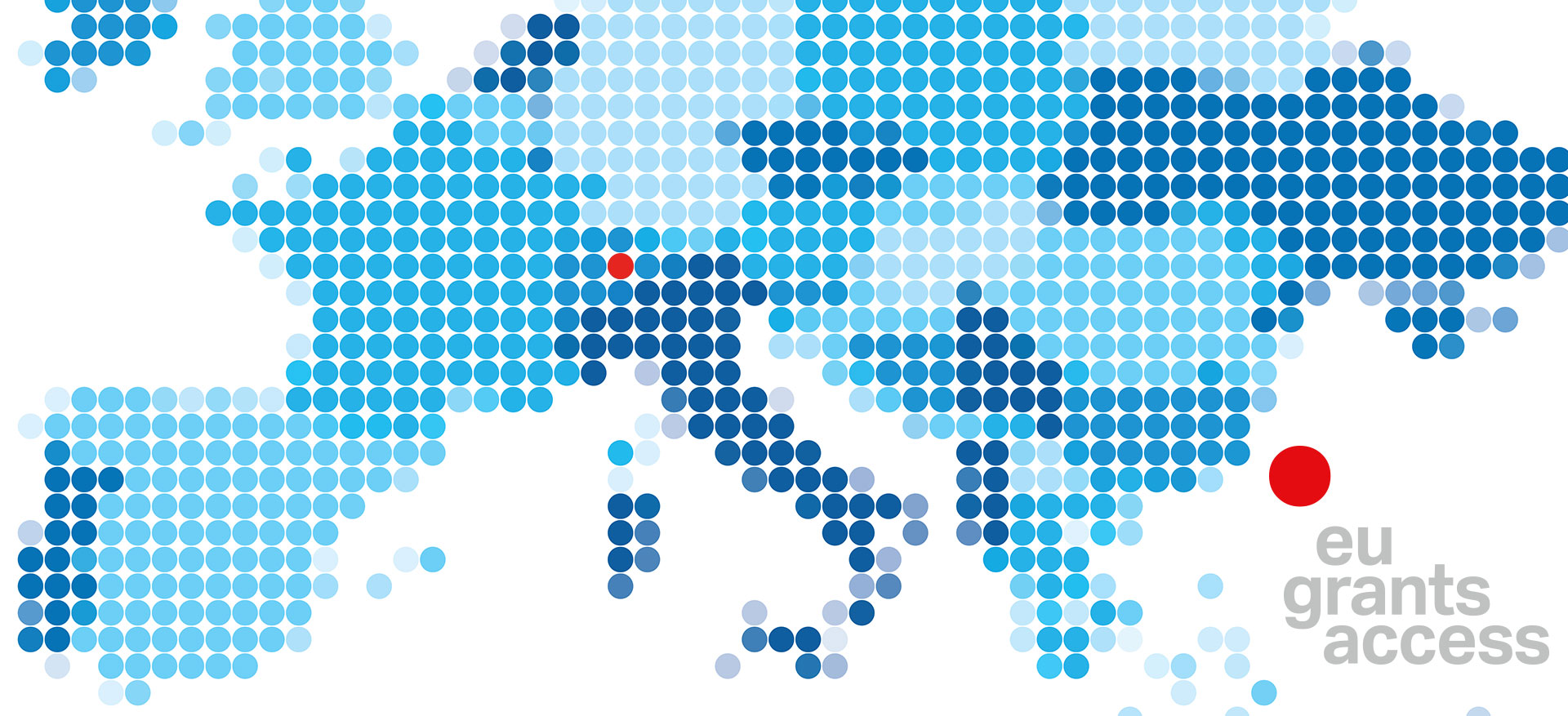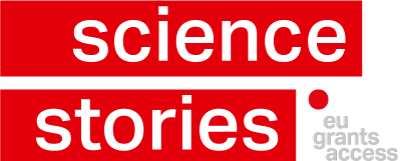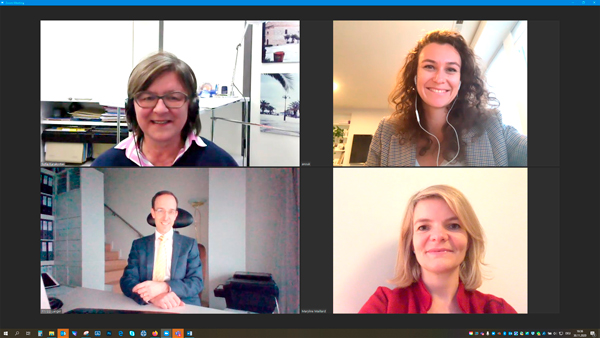
The Swiss research and innovation landscape: three questions for Bern, Brussels and Washington D.C.
EU GrantsAccess Co-Head Sofia Karakostas in a Zoom conversation with Anouk De Bast, Head of Science Office at the Embassy of Switzerland in the USA, Washington D.C., Maryline Maillard, Counsellor at the Mission of Switzerland to the European Union in Brussels and Dr. Philipp Langer, Head of Unit EU-Framework Programmes at the SERI in Bern.
How would you define today’s Swiss research landscape from a national (Langer) / European (Maillard) / international (De Bast) standpoint?
Philipp Langer: The Swiss research and innovation (R&I) landscape is efficient as well as globally attractive and competitive. It is home to excellent private and public actors, which attract international talents to Europe. In my opinion, there are several reasons for this: First, our open and permeable educational system allows everyone to find their vocation and achieve excellence in their skills. Second, the consistent implementation of the bottom-up principle, for example for defining research topics or the utmost independence of Swiss research funding and performing institutions. A third reason is presumably the uncompromising striving for excellence – part of the Swiss nature – combined with the open attitude towards international fellow citizens. Above all, success depends on how much you excel in your domain, not where you come from.
Maryline Maillard: Switzerland is associated to the EU R&I programmes since 2004. The Swiss R&I landscape has a strong reputation in Europe and Switzerland has therefore been an appreciated and reliable partner for many years. Switzerland is currently the most active associated country in Horizon 2020 with a success rate above average. It is hence very important to secure a continuous collaboration with European researchers thanks to a renewed association of Switzerland to future EU R&I programmes.
Anouk De Bast: Swiss science and researchers enjoy an excellent reputation in the United States. It is amazing to look at the numbers, be it collaboration projects, exchanges between scientists or mobility of students. Almost all the renowned Swiss scientists (e.g. Nobel Prize or Swiss Science Prize Marcel Benoist winners) spent some time in the United States. These personal experiences create a wonderful spider web of international collaboration, as researchers keep cooperating with former colleagues, universities and research centres. And of course, we find top American scientists in Switzerland as well!
In your opinion, which are currently the most important Swiss scientific news?
PL: Swiss researchers and innovators are at the forefront of many novel technologies despite the fact that some of them became relevant only very recently – for example Covid-19 or vaccine-related research, but also quantum technology or high-performance computing. I believe that besides the excellence of the involved researchers, the strong focus on basic research accounts for these successes, because it pursues research activities that may seem less relevant today but can become highly relevant overnight.
MM: Switzerland is in a leading position in many of the areas developed within the priorities of the von der Leyen Commission. Researchers and spin-offs from ETH Zurich and the University of Zurich are in a pole position for the competition at European and international level, for example with the first intuitive quantum language and in the run around quantum technologies, ETH Zurich is investing in a new building for quantum research. From the University of Zurich comes the recent breakthrough in personalised skin transplantation. All these initiatives give to Switzerland an excellent profile to answer the current European and international challenges.
ADB: The Swiss R&I landscape plays a leading role on the international level. A current example is the development of the SwissCovid App by ETH Zurich and EPFL, together with the biggest tech companies in the Silicon Valley. The excellence of Swiss universities allows them to sit at the table with the biggest players when it comes to setting standards for a trustworthy digital future.
What are your wishes for the Swiss research landscape 2021?
PL: I hope for a continuous strong support to research actors under the new Parliamentary Dispatch for Education, Research and Innovation 2021-2024, with continued strong Swiss involvement in all global activities of these domains. And I hope for an equally strong support under the new Parliamentary Dispatch for Switzerland’s association to Horizon Europe, the Euratom Programme, the Digital Europe Programme and our participation in ITER 2021-2027 – and of course a swift association to the next generation of EU programmes!
MM: The European Union has many challenges for the coming months. As soon as the new budget for 2021-2027 and the recovery plan will be adopted, all new programmes still need to be implemented and association agreements with third countries like Switzerland renewed. I wish for the Swiss research and innovation actors that a smooth transition between programmes generations can take place and a still excellent participation of Switzerland in all these initiatives.
ADB: In these challenging times of Covid-19, interactions between scientists and policy-makers are crucial. I personally wish that bridges continue to be built between these different but complementary worlds. And of course, I hope that the Swiss-US collaboration can further grow in the forthcoming years.

